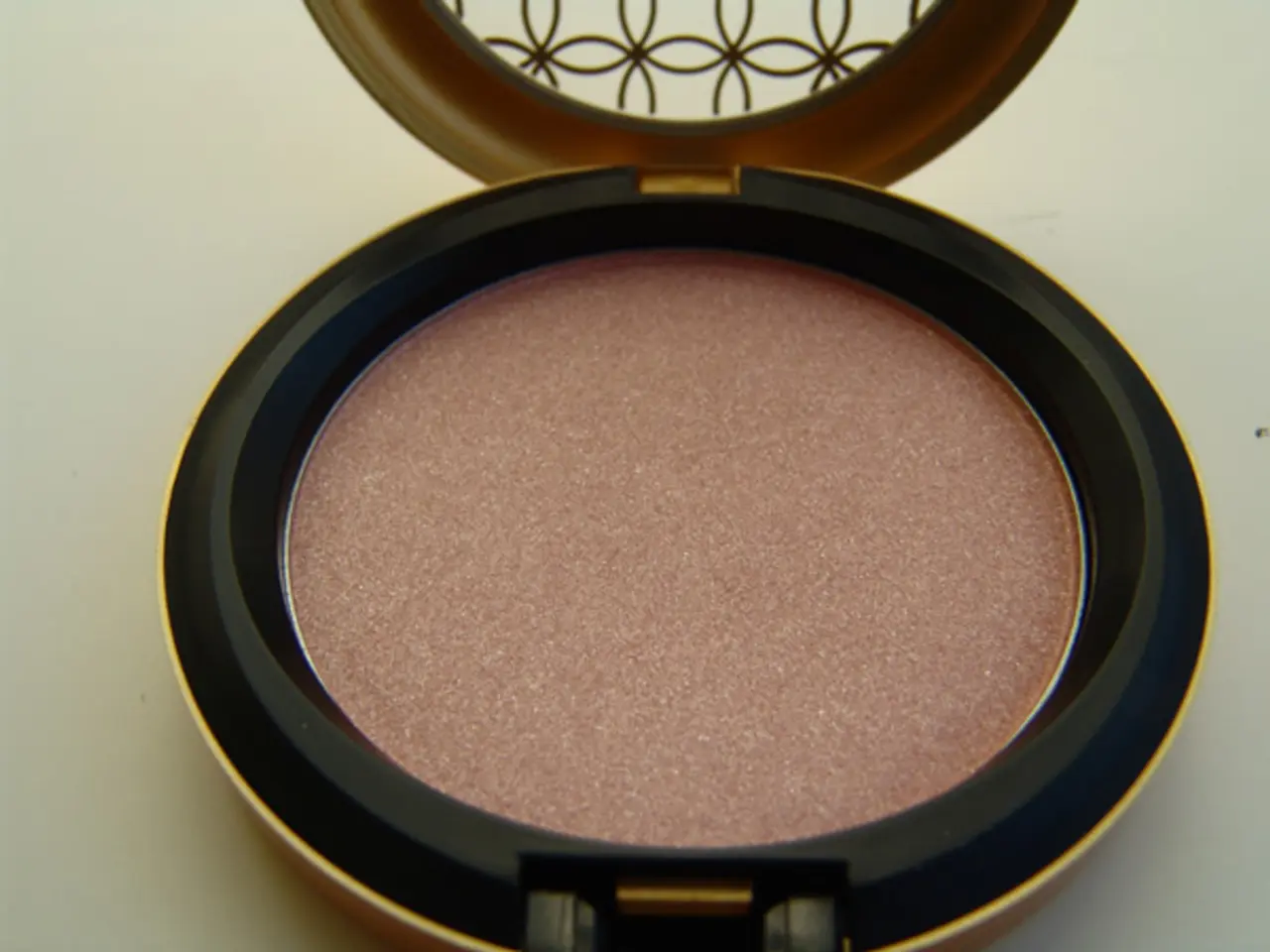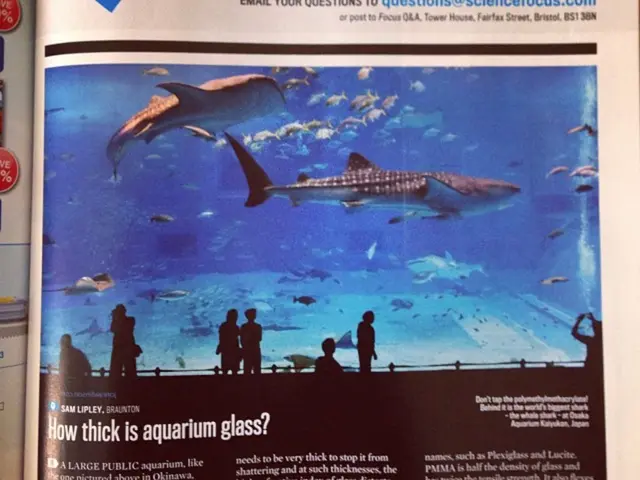Magnesium Battery Breakthrough: Amorphous Materials Boost Energy Transfer Rate
Researchers have made a significant breakthrough in magnesium battery technology. They've discovered that amorphous materials can greatly enhance the rate of energy transfer in these batteries, potentially surpassing the energy density of current lithium-ion batteries.
The study, published in the journal Small, was led by Vijay Choyal, previously a postdoctoral researcher at the Indian Institute of Science. Choyal and his team observed an astonishing improvement of about five orders of magnitude in the rate of magnesium movement in amorphous materials compared to crystalline ones. This was achieved by studying amorphous vanadium pentoxide using a machine learning model.
Magnesium batteries, once optimized, could offer higher energy density than lithium-ion batteries, which currently have limited energy density. This discovery could pave the way for more efficient energy storage solutions.
The team's findings, published in the journal Small, demonstrate the potential of amorphous materials in magnesium batteries. This could lead to significant advancements in energy storage technology, with higher energy density and faster energy transfer rates.
Read also:
- Abu Dhabi initiative for comprehensive genetic screening, aiming to diagnose over 800 conditions and enhance the health of future generations in the UAE.
- Elderly shingles: Recognizing symptoms, potential problems, and available treatments
- Protecting Your Auditory Health: 6 Strategies to Minimize Noise Damage
- Exploring the Reasons, Purposes, and Enigmas of Hiccups: Delving into Their Origins, Roles, and Unsolved Aspects





